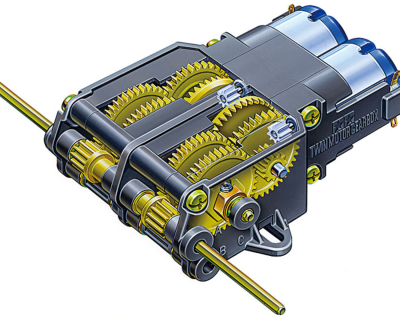When Beyblades first came out a couple of decades ago, they quickly became a fad across Japan and several Western countries. There was a whole ecosystem of parts that you could buy and use to build competitive fighting spinning tops. These days, though — 3D printers are ubiquitous. There’s very little stopping you from printing whatever Beyblade-compatible parts your heart desires, as [JettKuso] demonstrates.
For [JettKuso], the rubber attack tips were a personal favorite. They had high grip on the plastic arena floor and would allow a top to make rapid, aggressive moves that would knock other tops out of the arena. Not desiring to import specific Beyblade parts at great expense, he decided to print some rubber tips and associated parts instead. The result? Squishy Beyblades!
[JettKuso] built various tops with official and custom TPU parts, and put them in battles to see what worked and what didn’t. In many cases, the TPU replacement parts didn’t make a big difference or proved worse than the standard parts. However, when [JettKuso] got crazy, he found one thing that kind of worked. A mega-heavy TPU top blade, which weighed as much as the standard metal rings, was able to successfully win battles against less competitive standard builds.
Ultimately, the video serves as a testament to the developers of the original toys themselves. It’s not so simple to just print up some parts and have them be competitive with the tried-and-tested gear that comes off the store shelves. The experience ultimately gave [JettKuso] a greater appreciation for all the thought that went into the commercial toys. Video after the break.
Continue reading “Squishy Beyblades Made With 3D Printer Fail To Compete In The Arena”




















